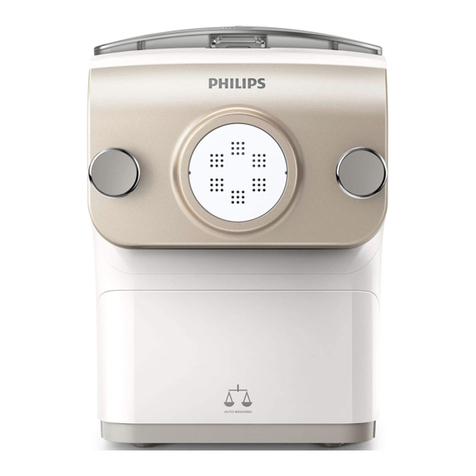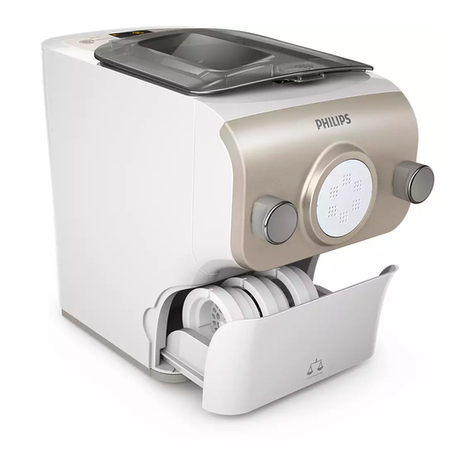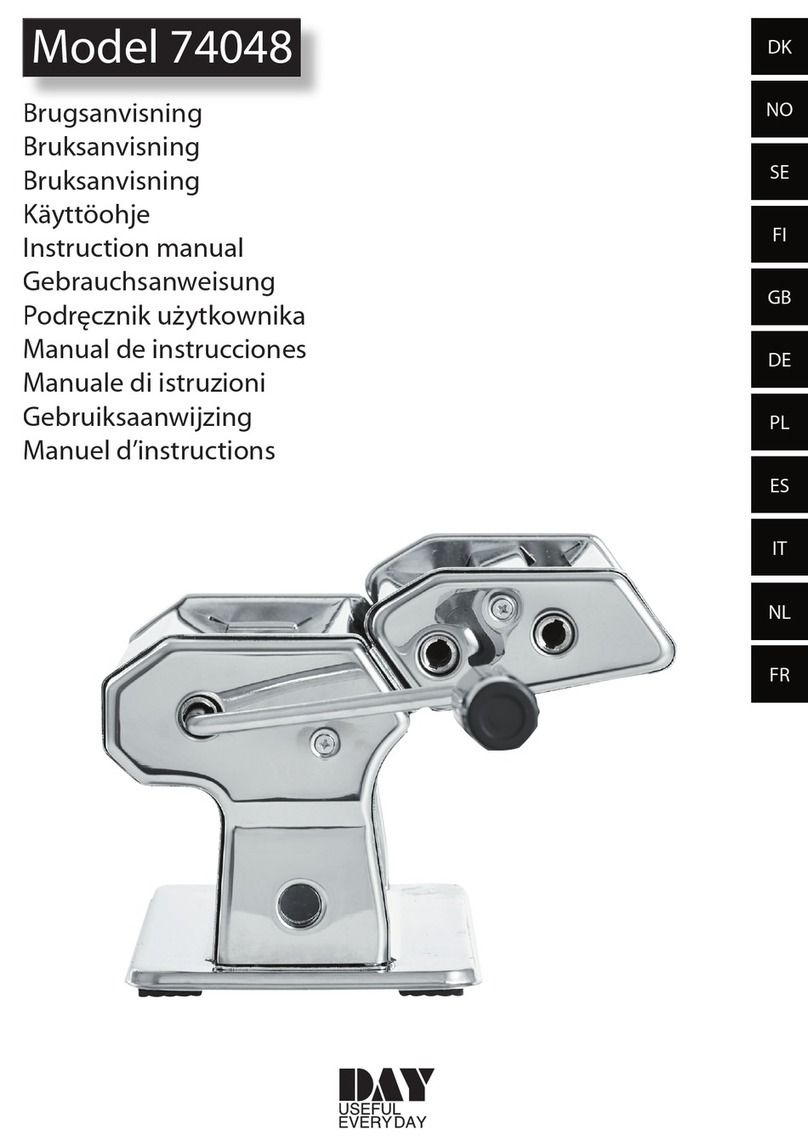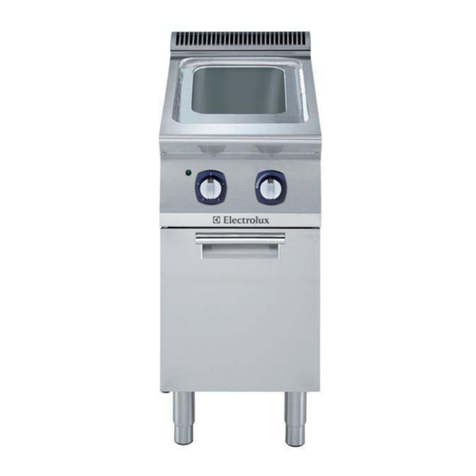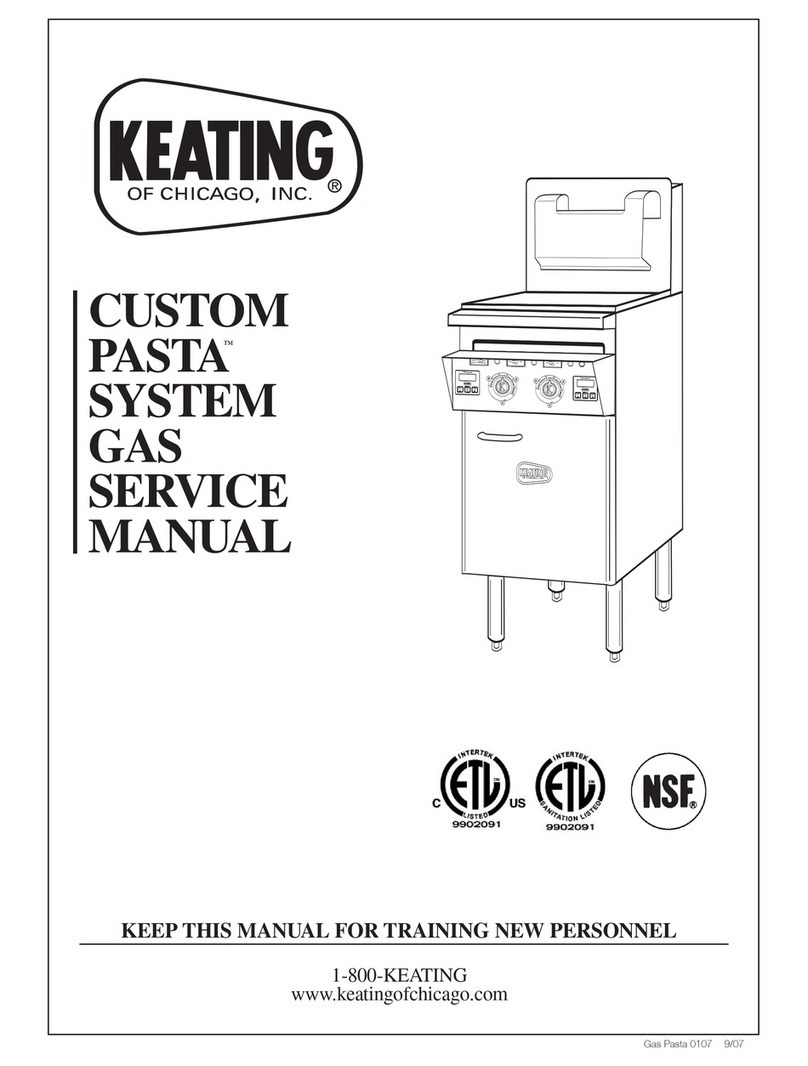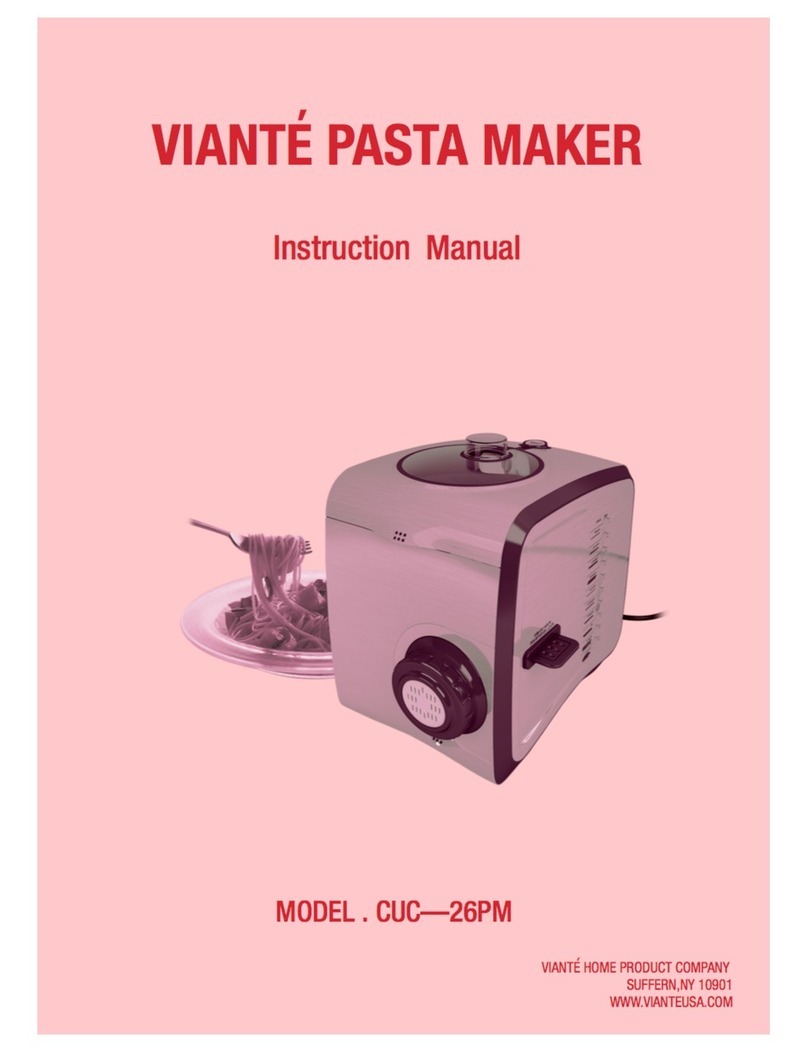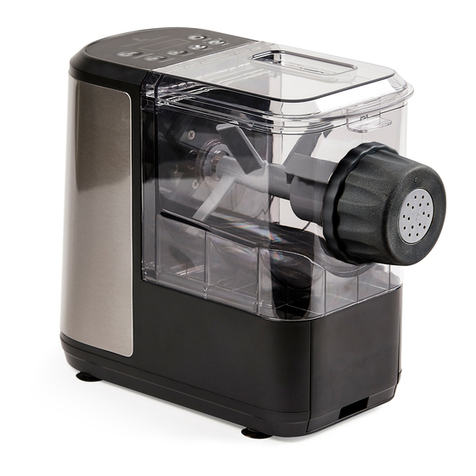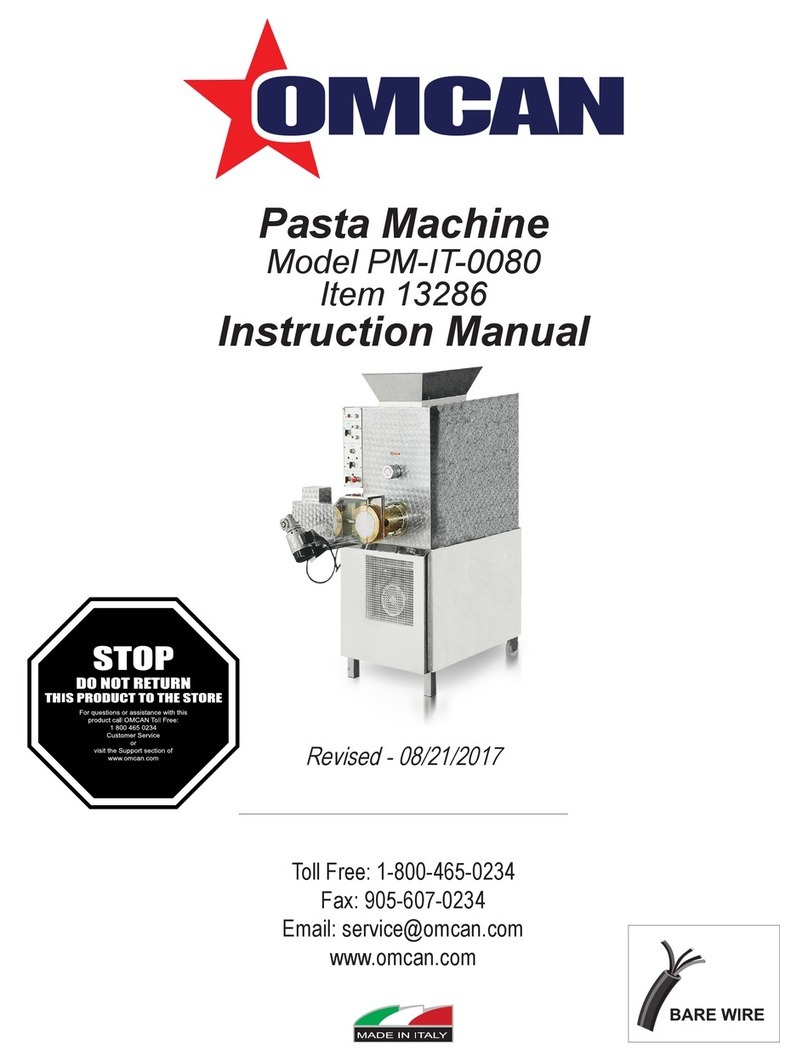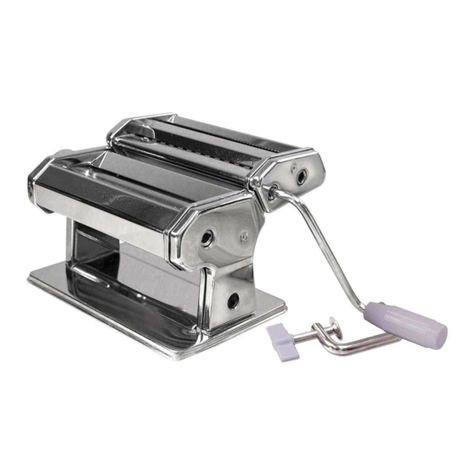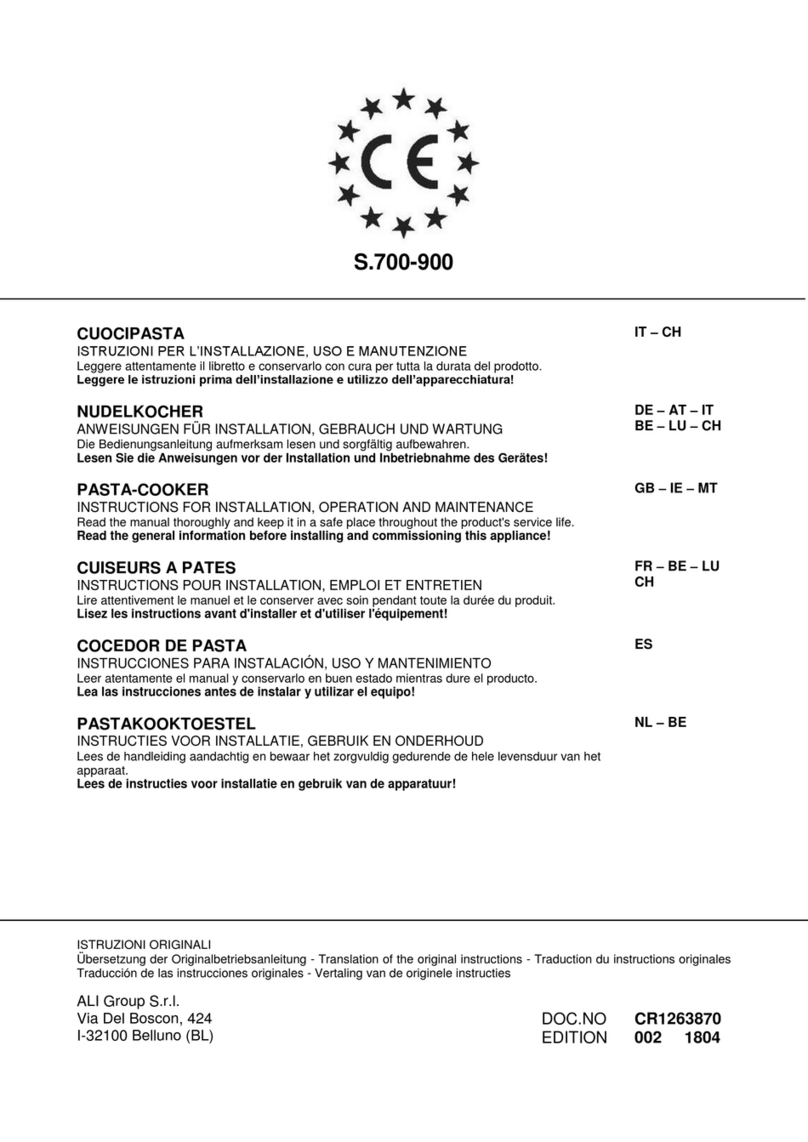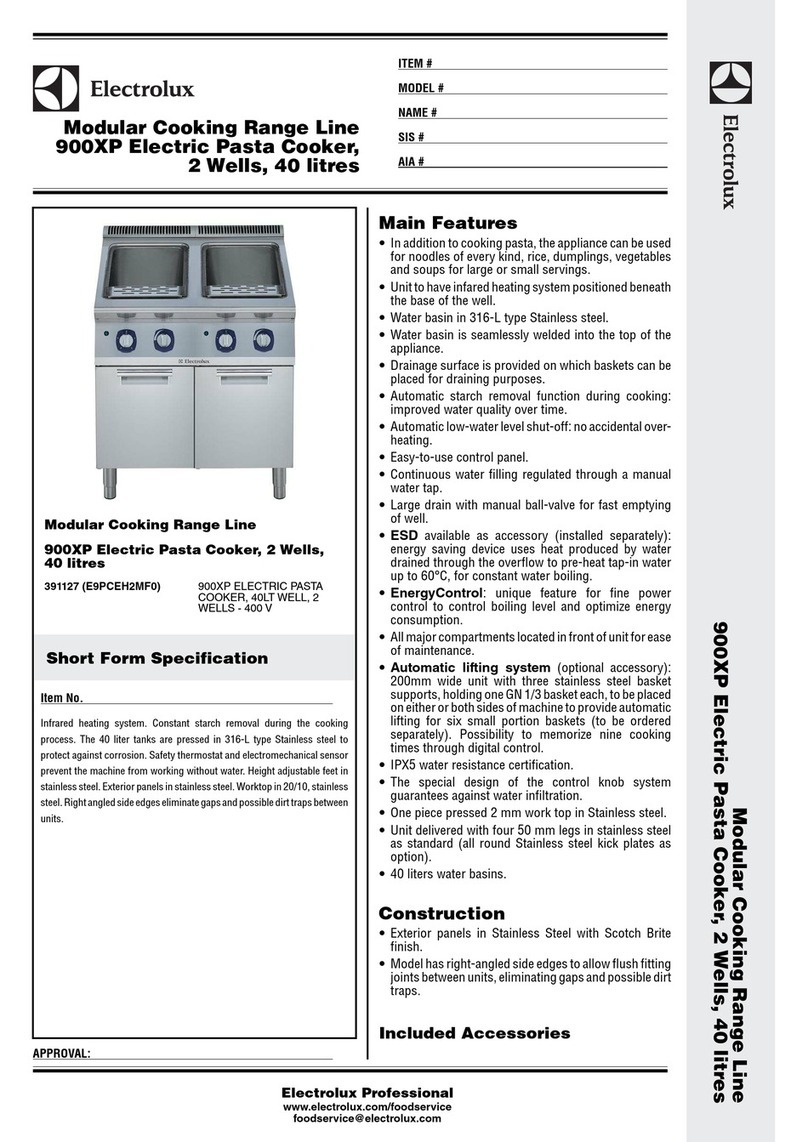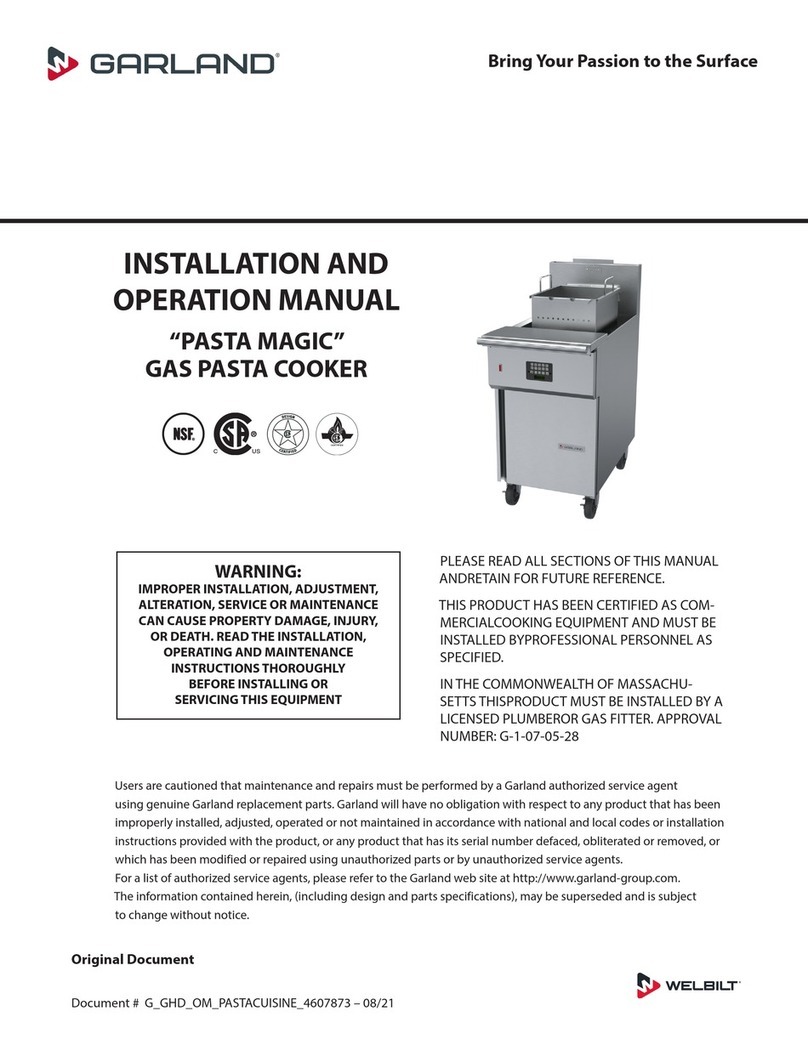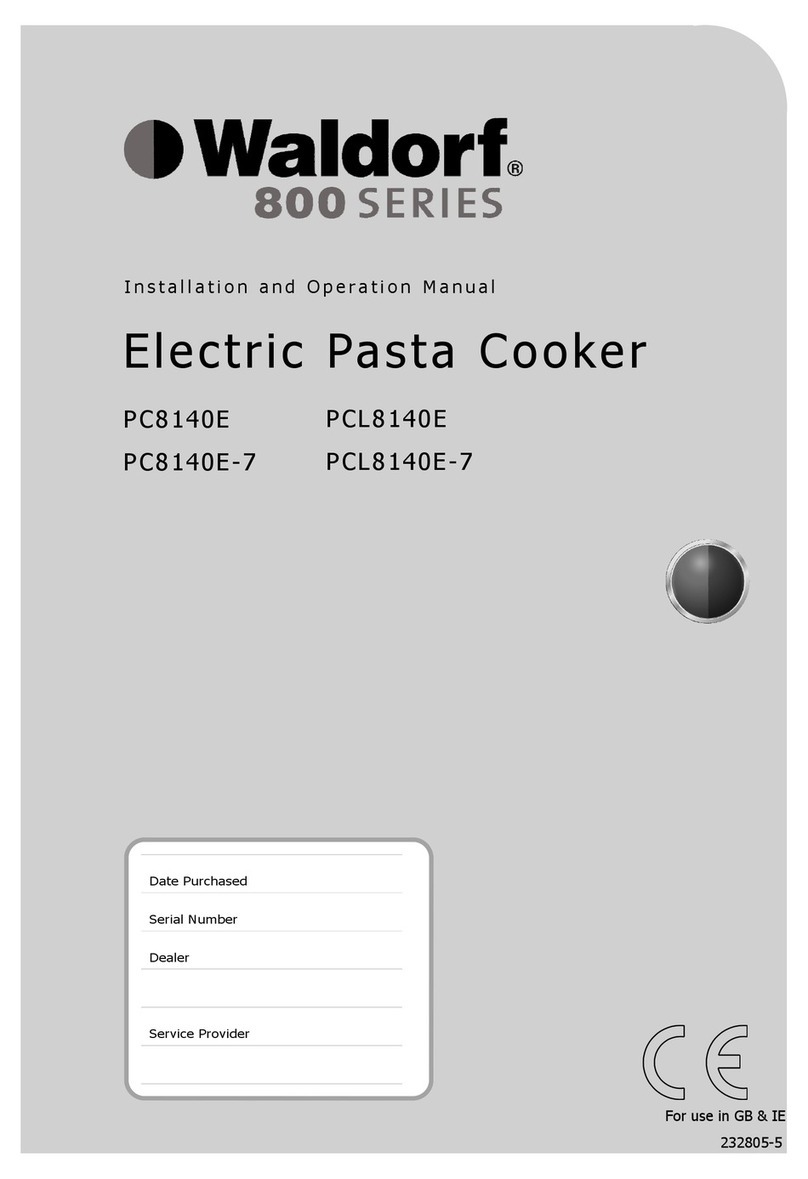
4EN
1 Important
Safety
Read this user manual carefully before you use
the appliance, and save it for future reference.
Warnings
Before processing
•Before you connect the appliance to the power, make
sure that the voltage indicated on the bottom of the
appliance corresponds to the local power voltage.
•Make sure that the plug is rmly inserted into the
power outlet.
•Make sure that your hands are dry before you insert
the plug into the power outlet.
•Never connect this appliance to a timer switch, to avoid
a hazardous situation.
•Before you insert the plug into the power outlet, make
sure that the appliance is assembled correctly.
•If the power cord, the plug, or other parts are damaged,
do not use the appliance.
•If the power cord is damaged, you must have it replaced
by Philips, a service center authorized by Philips or
similarly qualied persons to avoid a hazard.
•Do not replace parts of the appliance yourself.
•This appliance is not intended for use by persons
(including children) with reduced physical, sensory
or mental capabilities, or lack of experience and
knowledge, unless they have been given supervision
or instructions concerning use of the appliance by a
person responsible for their safety.
•For their safety, do not allow children to play with the
appliance. Keep the appliance and its power cord out of
the reach of children.
•To prevent any accidents, do not use the appliance if it
is damaged for any reasons.
Cautions
Before processing
•Before using the appliance for the rst time,
disassemble and wash the accessories thoroughly (see
“Disassemble and cleaning before rst use” section.)
•The appliance is intended for household use only.
During processing
•Do not use this appliance on an unstable or uneven
surface.
•Keep the appliance and its power cord out of the reach
of children.
•Do not disconnect the power cord before processing is
complete. If you have to stop processing, disconnect the
power cord before you perform other operations.
•To better protect the lifetime of the appliance, we
recommend the continuous working time to be less
than 45 minutes. You can restart using the appliance
after 15 minutes.
•If you intend to use the appliance continuously, clean
the shaping disc with the supplied cleaning tool each
time after use. For cleaning ease, do not soak the
shaping disc into the water directly.
After processing
•Disconnect the power and remove the power cord
before cleaning or disassembling this appliance.
•Do not immerse the main unit in water.
•Place the appliance to a dry and well ventilated place
after use.
•To prevent a short circuit or an electric shock, do not
pour water or any liquid into the safety switch.
Electromagnetic elds (EMF)
This Philips appliance complies with all
applicable standards and regulations regarding
exposure to electromagnetic elds.








